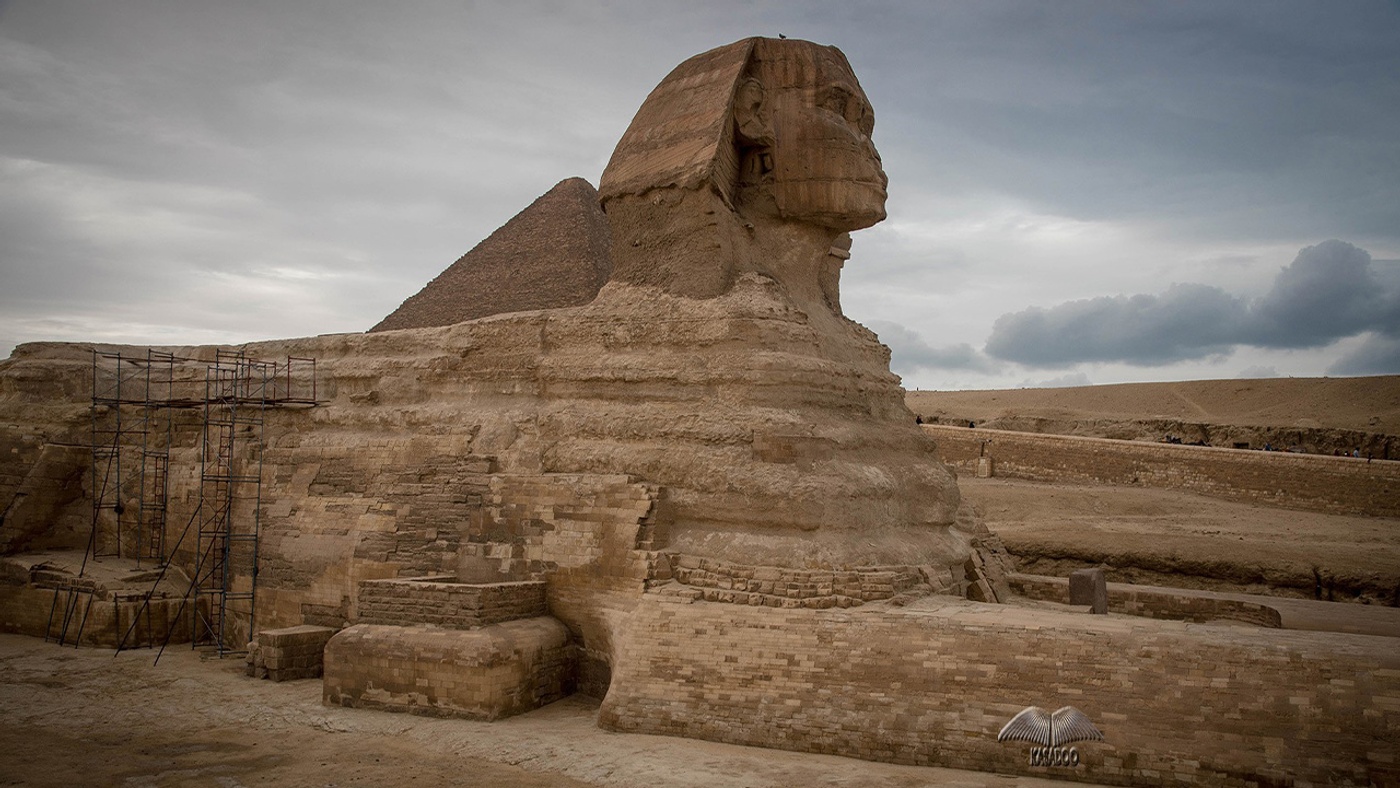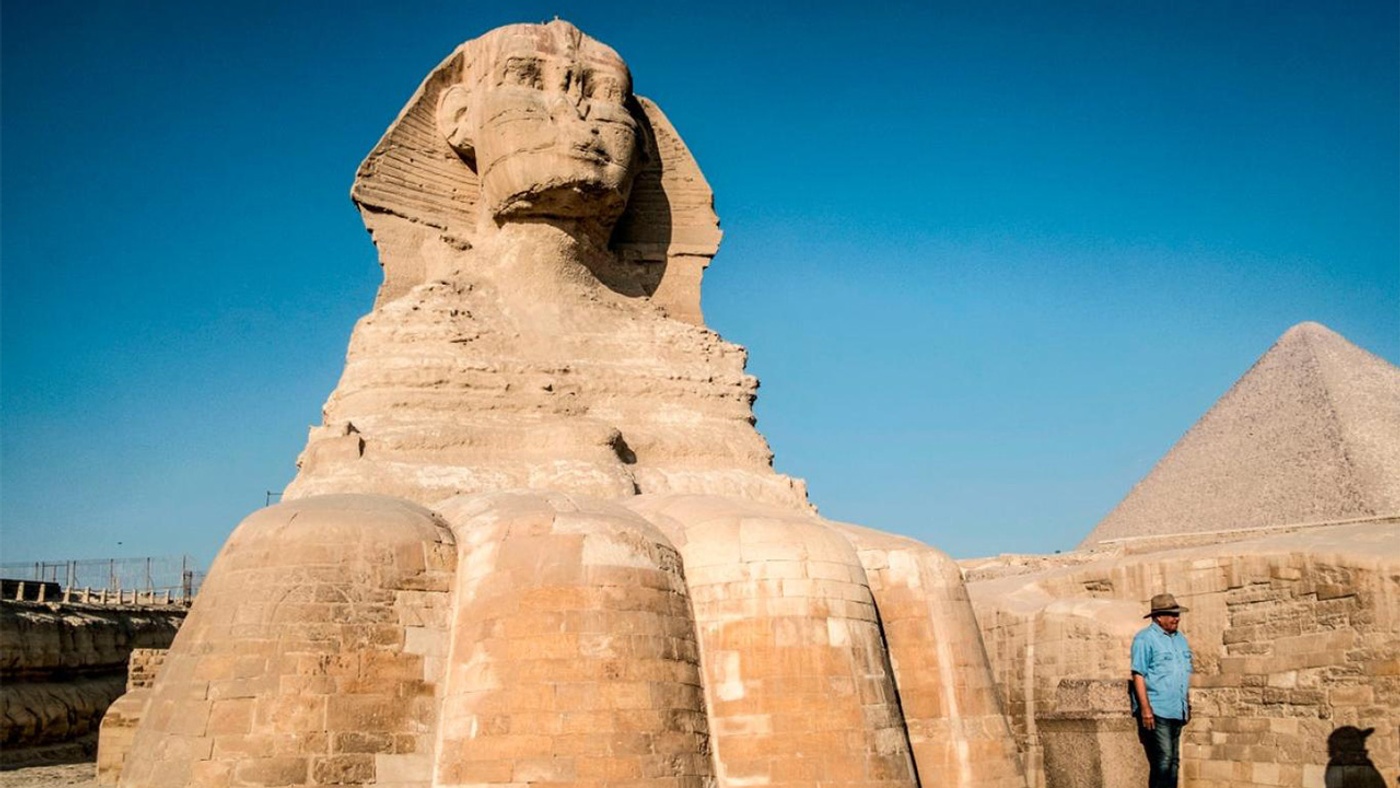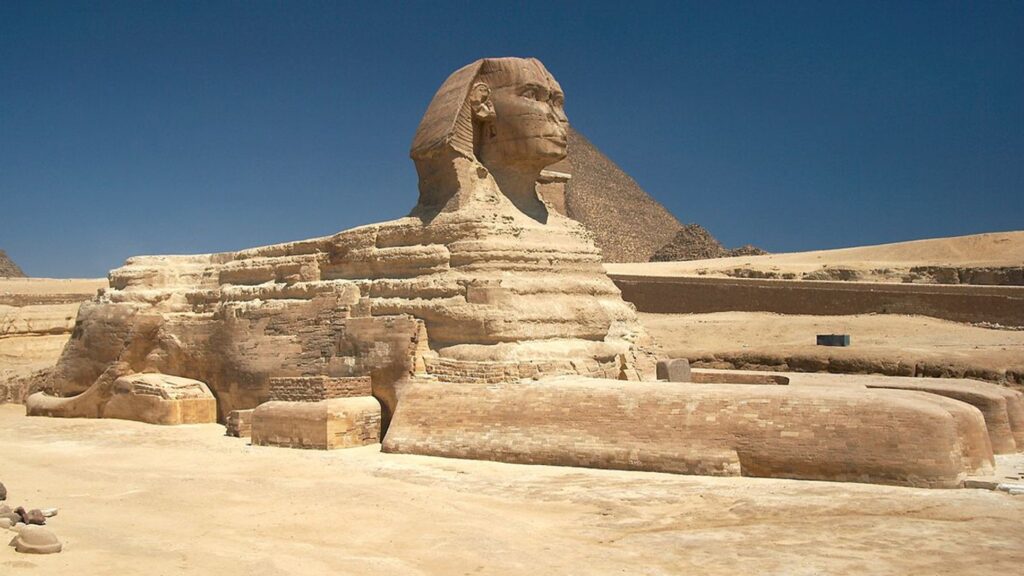The Giza Plateau hosts The Great Sphinx, one of Egypt’s most enigmatic structures. Built between 2558 and 2532 BC, this colossal statue is known as the largest monolithic statue in the world. The Sphinx, with a human head and lion’s body, emerges as an important symbol in both Egyptian and Greek mythology.
Structures Inspired by Ancient Egyptian Beliefs

Years of research indicate that the Sphinx holds many more secrets. Scientists have discovered two hidden chambers beneath the Sphinx’s giant paws using seismographs. These chambers are thought to be filled with large stone blocks and ancient tools. However, access to the chambers has not yet been achieved. According to legends, these chambers may contain information about the lost city of Atlantis or ancient parchments that reveal the secrets of the universe. However, these claims have not been proven and remain merely theoretical.
Reasons Why the Hidden Chambers Have Not Been Opened

While the discovery of the hidden chambers is exciting, it is said that they may contain high levels of carbon dioxide and dangerous gases. This makes it difficult to open the chambers and also poses risks to the structural integrity of the Sphinx. Scientists and archaeologists continue their efforts to safely open the chambers and examine their contents. Hopefully, the secrets of these mysterious chambers can be unveiled soon.
Speculations abound as to why the chambers have not been opened. The accumulation of high levels of carbon dioxide and dangerous gases makes access to these chambers hazardous and challenging. Additionally, the need to preserve structural integrity poses a barrier to this historical discovery.
Source: Bright Side


